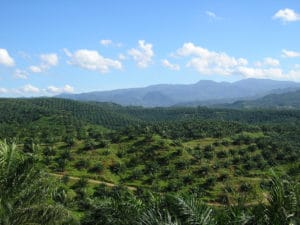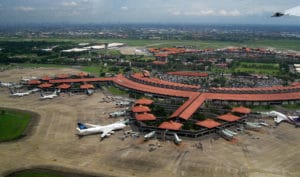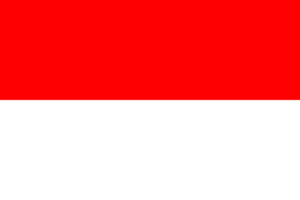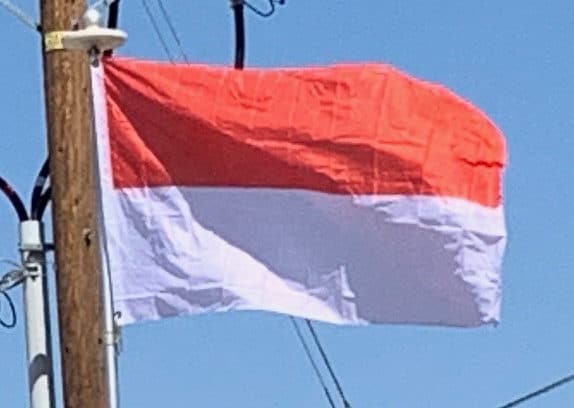
Indonesia has abundant natural resources like oil and natural gas, coal, tin, copper, gold, and nickel, while agriculture produces rice, palm oil, tea, coffee, cacao, medicinal plants, spices, and rubber. These commodities make up a large portion of the country’s exports, with palm oil and coal briquettes as the leading export commodities. In addition to refined and crude petroleum as the main imports, telephones, vehicle parts and wheat cover the majority of additional imports. China, the United States, Japan, Singapore, India, Malaysia, South Korea and Thailand are Indonesia’s principal export markets and import partners.
Transportation:
Indonesia’s transport system has been shaped over time by the economic resource base of an archipelago, and the distribution of its 250 million people highly concentrated on Java. All transport modes play a role in the country’s transport system and are generally complementary rather than competitive.
The road transport system is predominant, with a total length of 542,310 kilometres (336,980 miles) as of 2018. Jakarta has the most extended bus rapid transit system in the world, boasting some 251.2 kilometres (156.1 miles) in 13 corridors and ten cross-corridor routes. Rickshaws such as bajaj and becak and share taxis such as Angkot and Metromini are a regular sight in the country. Most of the railways are in Java, used for both freight and passenger transport, such as local commuter rail services complementing the inter-city rail network in several cities. In the late 2010s, Jakarta and Palembang were the first cities in Indonesia to have rapid transit systems, with more planned for other cities in the future. In 2015, the government announced a plan to build a high-speed rail, which would be a first in Southeast Asia.

Indonesia’s largest airport, Soekarno–Hatta International Airport is the busiest in the Southern Hemisphere, serving 66 million passengers in 2018. Ngurah Rai International Airport and Juanda International Airport are the country’s second- and third-busiest airport respectively. Garuda Indonesia, the country’s flag carrier since 1949, is one of the world’s leading airlines and a member of the global airline alliance SkyTeam. Port of Tanjung Priok is the busiest and most advanced Indonesian port, handling more than 50% of Indonesia’s trans-shipment cargo traffic.
Flag of Indonesia:
The Flag of Indonesia is a simple bi-color with two equal horizontal bands, red (top) and white (bottom) with an overall ratio of 2:3. It was introduced and hoisted in public during the Proclamation of Indonesian Independence on 17 August 1945 in at 56 Jalan Proklamasi (formerly Jalan Pegangsaan Timur) in Jakarta, and again when the Dutch formally transferred sovereignty on 27 December 1949. The design of the flag has remained unchanged since.

The flag of Indonesia is graphically similar to the Flag of Monaco, with a slight difference in the shade of red, and ratio of its dimensions. The flag of Poland has similar dimensions but has the colors reversed: white on top and red on the bottom. In both, the red is of a slightly darker shade.
